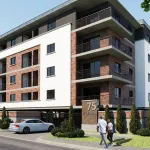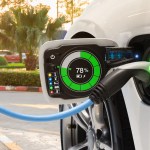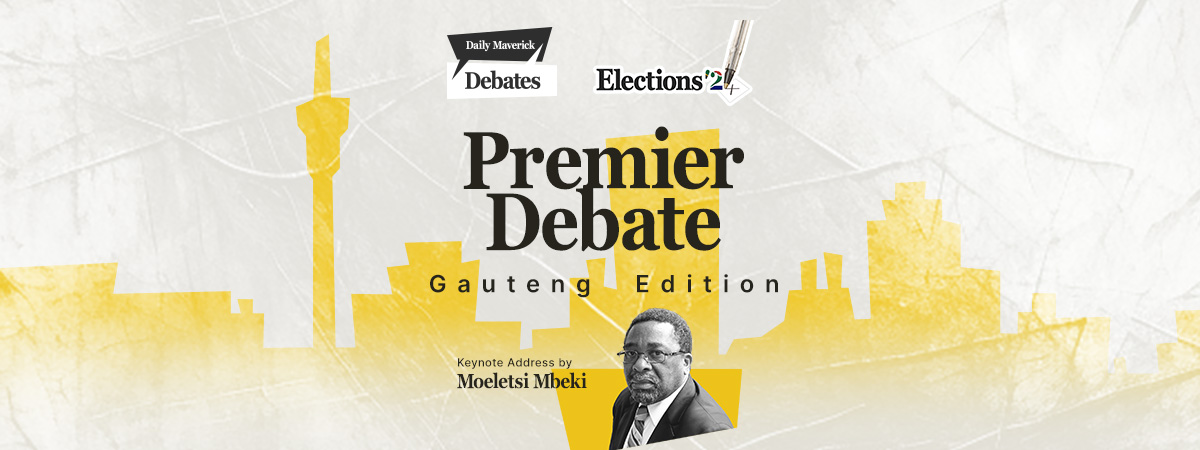MOTORING
New Porsche 911: How to keep a legend alive
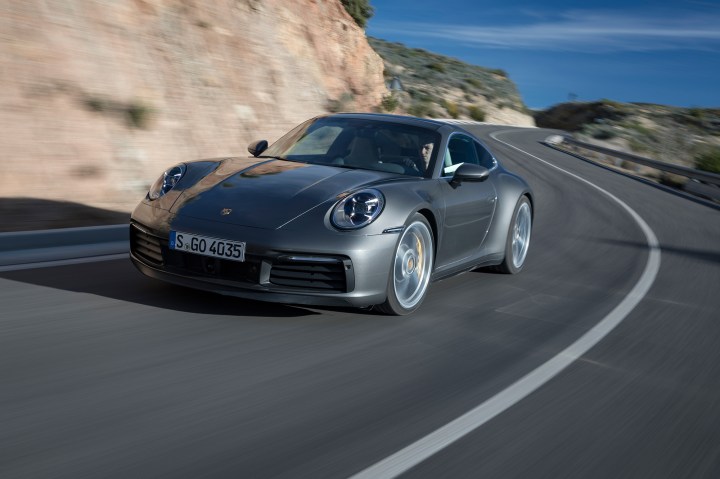
The notion of a rear-engined, rear-wheel drive sports car is an anachronism. And yet, the Porsche 911 soldiers on – triumphantly so. Could this latest, eighth generation version be the most complete expression of the 911 ethos yet?
It’s hard to define just why the new Porsche 911 (codenamed 992) is so attractive. At a casual glance, it’s unmistakably 911 – but it also doesn’t appear to break any significantly new aesthetic ground.
To be fair, few silhouettes are more iconic – and more instantly recognisable – than that of the rear-engined Porsche. The probing nose, the low, curved roofline and the fastback rear have remained essentially unchanged since the 911 first emerged way back in 1964.
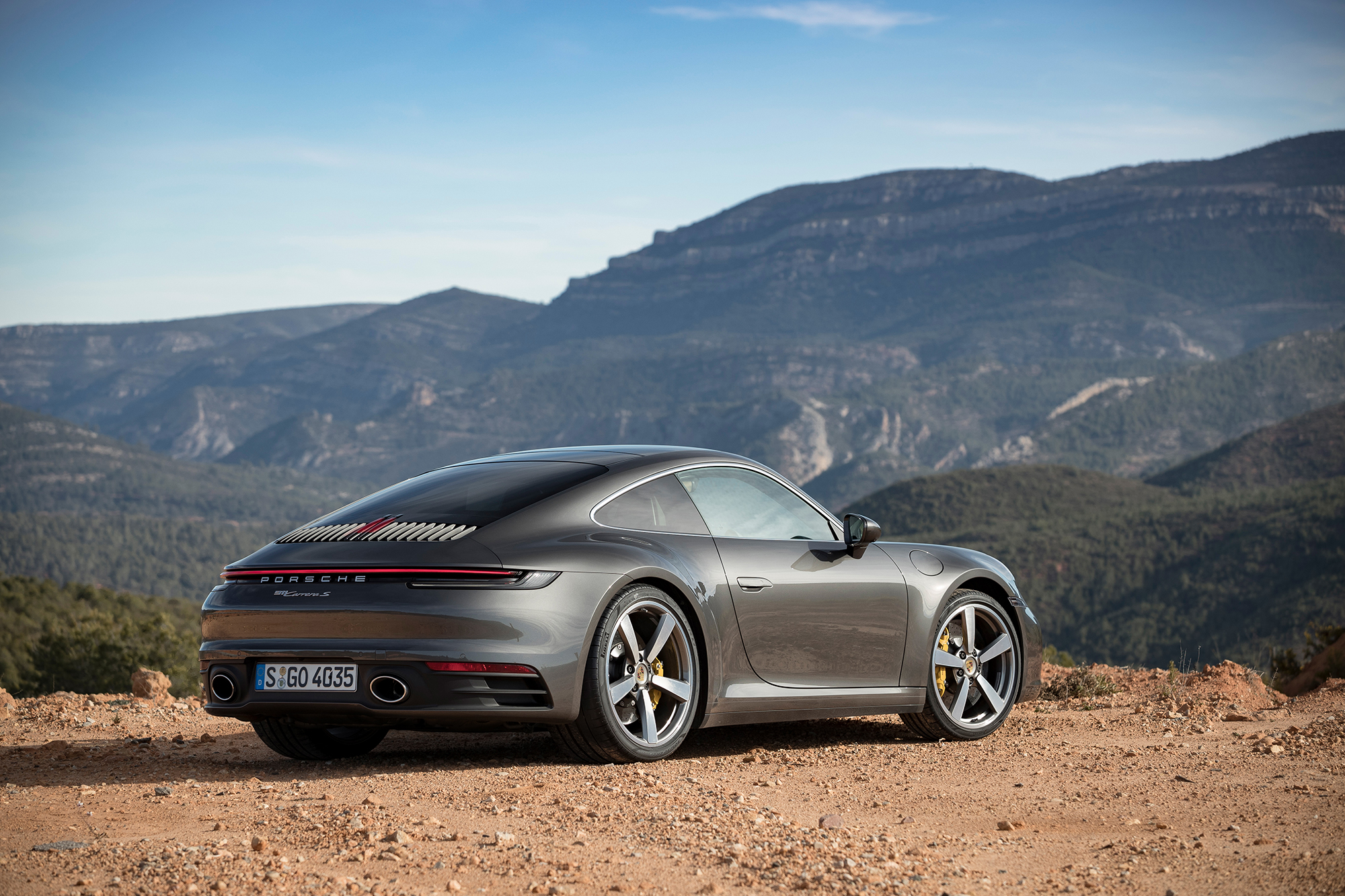
In the process, the shape has become as much an expression of Porsche itself as it has of the 911 in particular. The German sports car maker has never been stronger, and could well be considered the world’s most successful automaker.
That the 911 has been a key contributor to that success is undisputed. It remains the flag-bearer of an increasingly diverse product offering now not only sports cars, but SUVs and luxury four-doors, too.
Which is why an all-new 911 is such a big occasion. In many ways, it is the yardstick by which the company – and the brand – is measured.
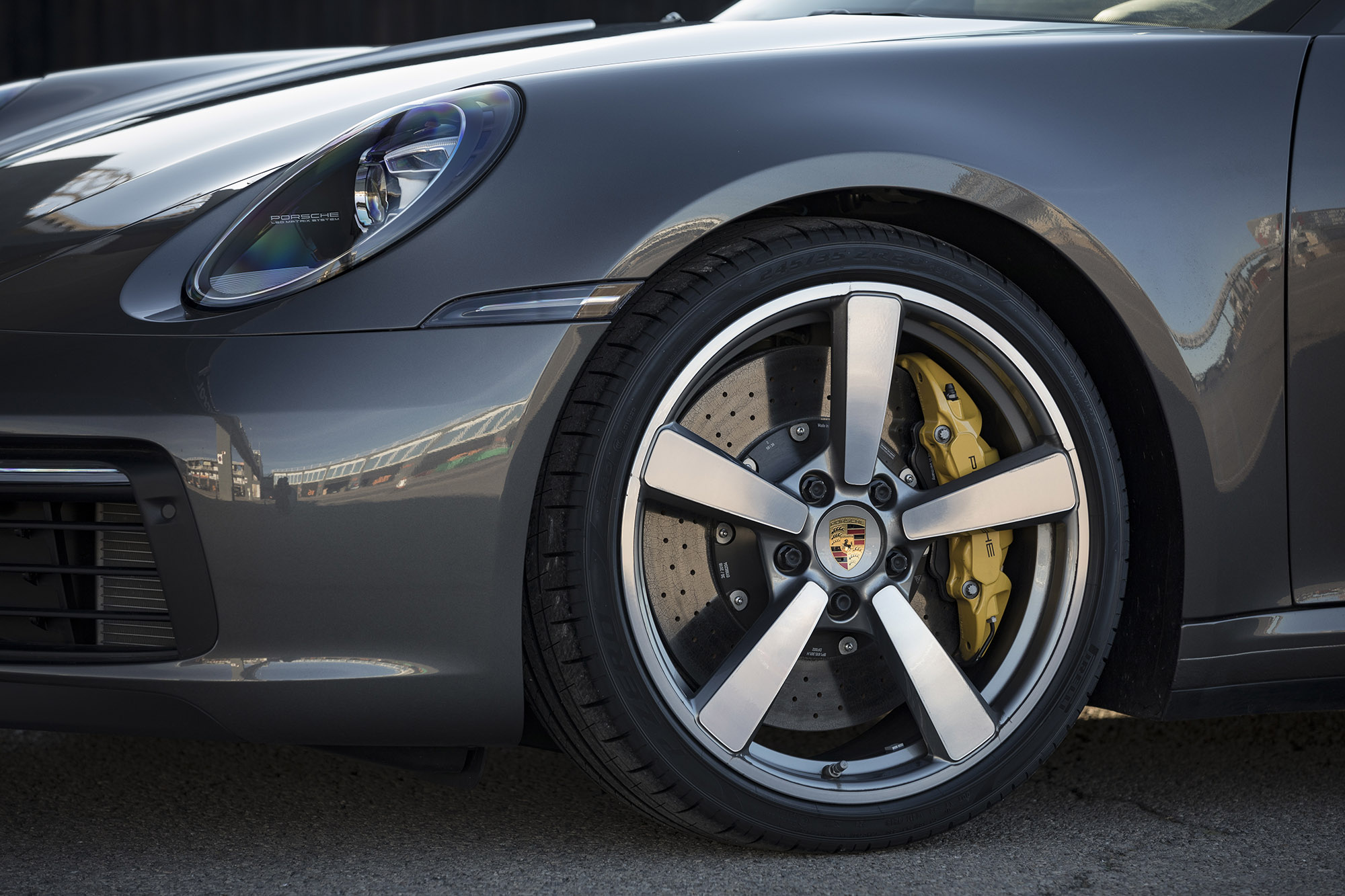
The images accompanying the international reveal of the 992 Series 911 showed a clean, almost minimalist rendering of the 911 shape. Attractive, yes – but hardly groundbreaking.
In the metal, it’s a completely different story. And as you let your eyes caress those clean-surfaced lines, you realise just why the 992’s interpretation of the 911 theme is so captivating: it embraces both the tradition and the innovation at the car’s core.
For instance, the bonnet’s inverted centre section, almost like a reversed power bulge, references the 911 of the 1970s, adding depth and dimension to what could have been a bland expanse of sheet metal.

That nod at the 911’s heritage is balanced by the innovation of a prominent LED light bar that links the taillight clusters, and stretches across the entire width of the coupé’s rump. It’s a completely new aesthetic element that lends the car an almost futuristic look.
There are other fascinating details, too: the bold vertical bars of the rear grilles add welcome texture, and cleverly integrate a third brake light. But they also disguise an adaptive rear spoiler that makes its appearance at speeds above 90km/h.
The overall impression is of a 911 that’s been polished and perfected by time, and now expresses the heritage, technology and aesthetics of the car with a clean, unwavering focus. It might be the biggest 911 yet, but there’s nothing superfluous here.
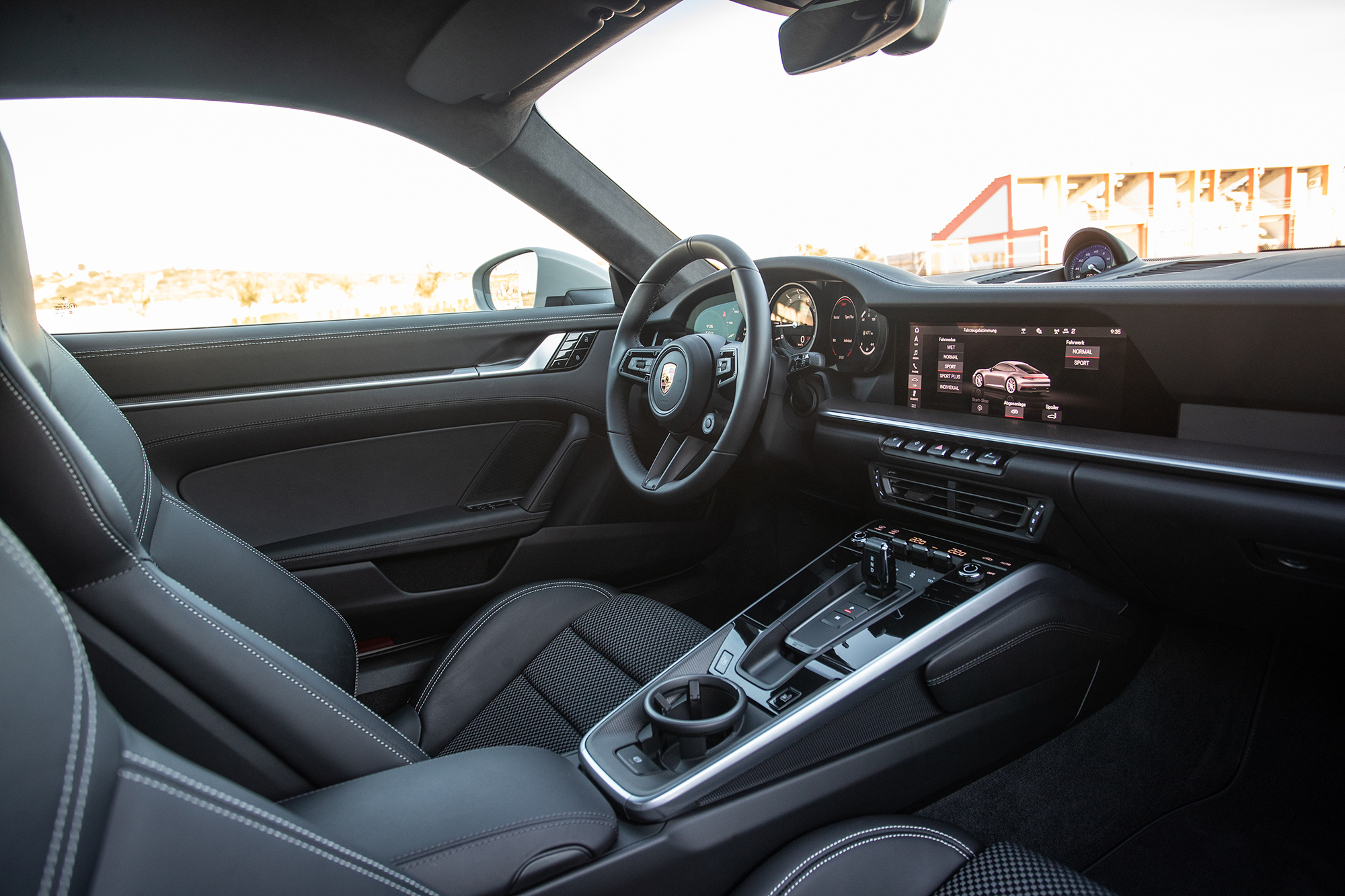
The cabin continues that theme. The treatment is monochromatic and resolutely functional, with an all-black fascia that’s home to an almost completely digital array of instruments and controls. But it’s also an inviting and enveloping space with a strong feel-good factor.
A notable exception to the digital dominance is the rev counter, which is stubbornly analogue, and takes a centralised pride of place in the instrument cluster. It has the chunky appeal of an analogue timepiece, with a real needle sweeping around a physical, bezelled dial.

On either side, high-res displays show a variety of user-selectable data, while the centre stack gets a large, integrated touchscreen display that serves as a gateway to the Porsche’s many functions and features.
Even the centre console is a high-gloss touchpad that provides an intuitive control interface. For traditionalists, beautifully knurled toggle switches and rotary controllers provide some tactile, analogue relief from the cockpit’s digital revolution.
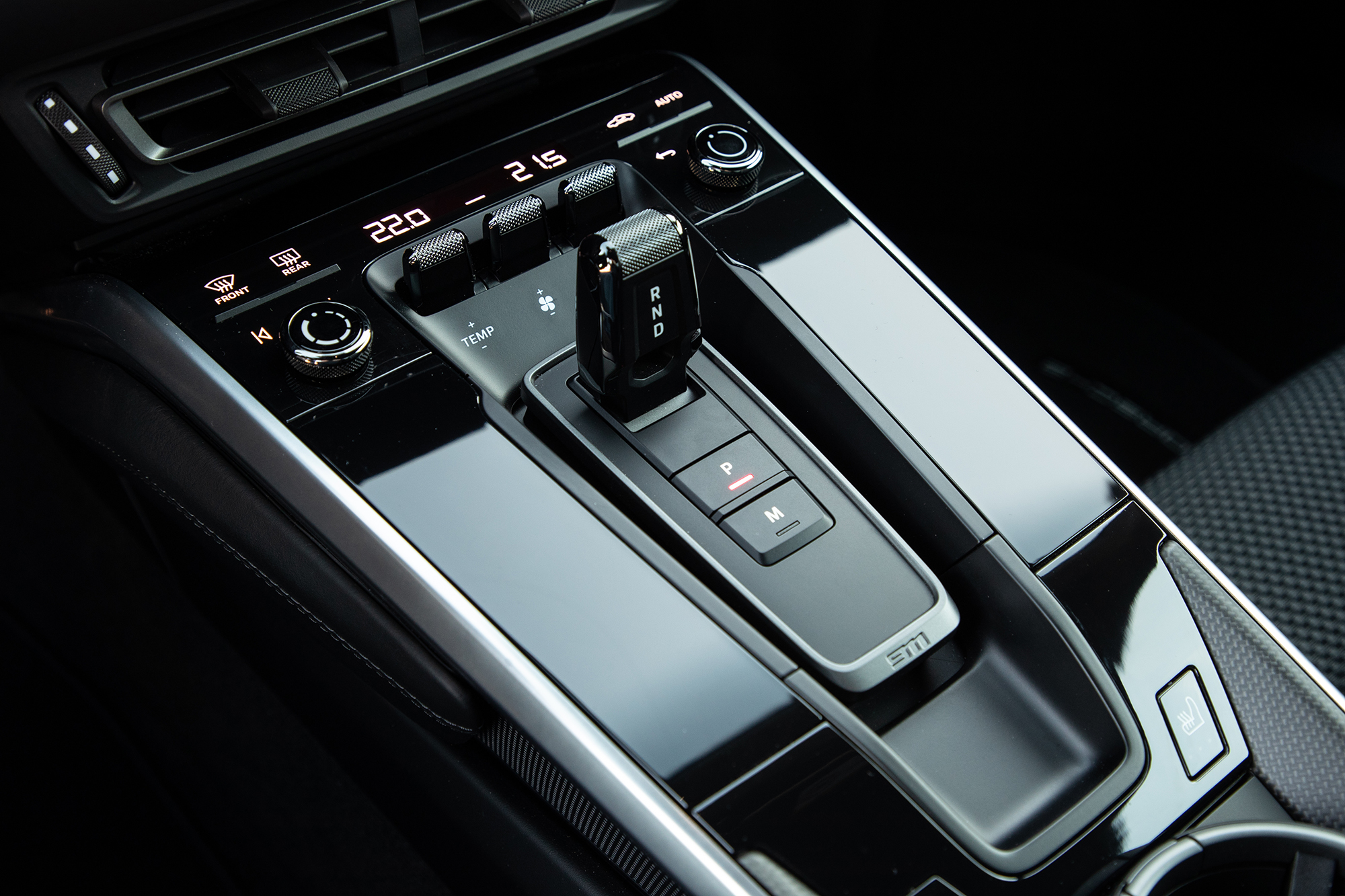
If there is an aspect of the switchgear that disappoints, it’s the gear lever – or more specifically, the absence of one. Instead, you get a stubby stick, more switch than lever, that only allows selection of Drive, Reverse and Park.
Actual gear changes are now the sole responsibility of the shift paddles behind the steering wheel. They command the upshifts and downshifts of an all-new eight-speed PDK gearbox – Porsche’s version of the dual-clutch transmission.
The cabin execution is flawless, with perfectly contoured, high-backed seats, deep door pockets for oddments, and a narrow ledge that runs all along the width of the fascia, much like in the 911s of old. The small rear seats remain, too – and are still as impractical as ever.
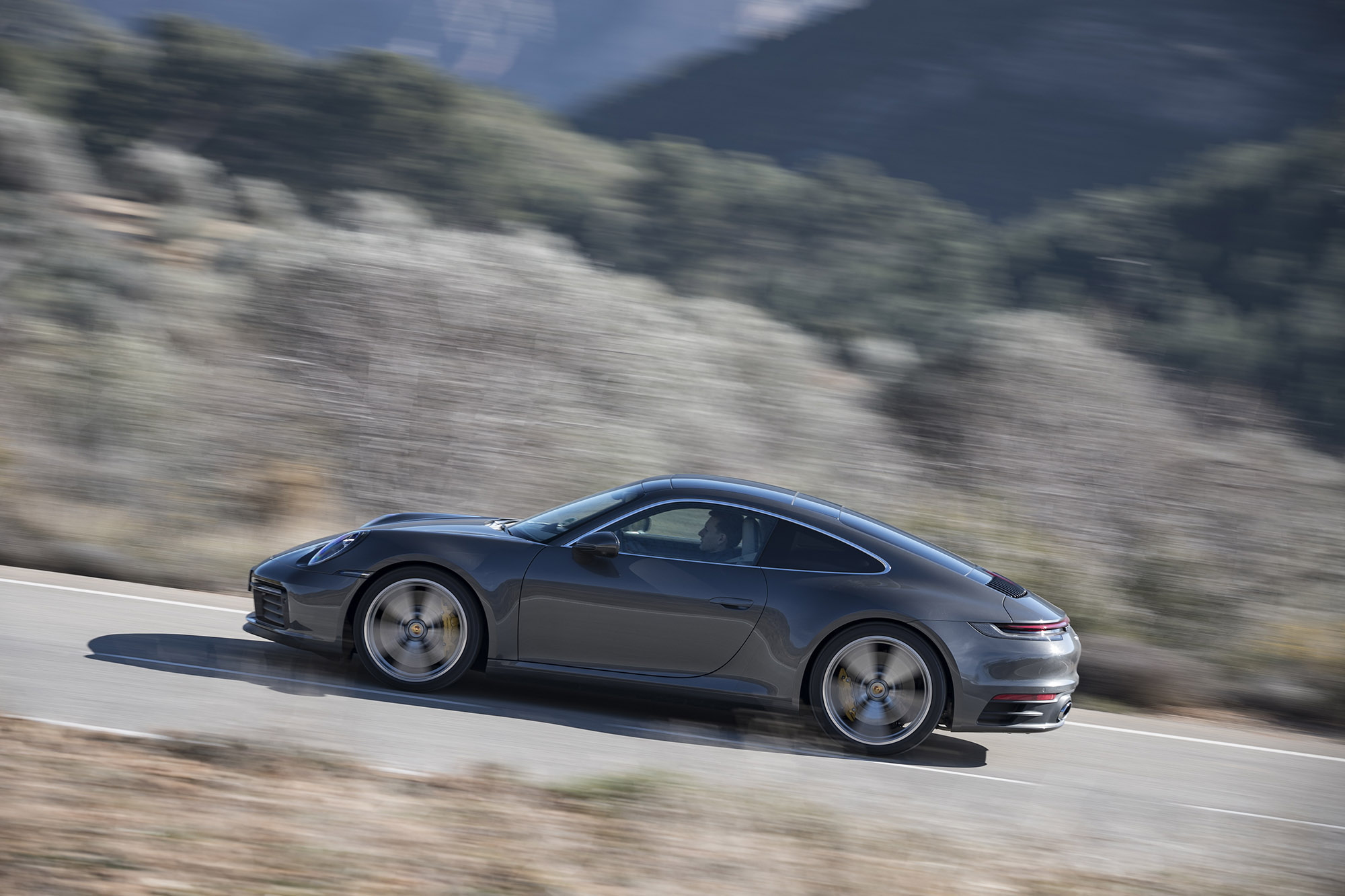
Not that anybody buys a 911 for its practicality. It’s a purchase driven by a passion for driving, and by the allure of experiencing a sports car that’s been continuously developed and improved over a 55-year period.
You can’t help but be stirred by the sound of the 3.0-litre boxer engine’s throaty growl on start-up. Flat-six engines are an intrinsic part of the 911 formula, and in its latest guise, the twin-turbo power plant has been further fettled to deliver 331kW and 530Nm.
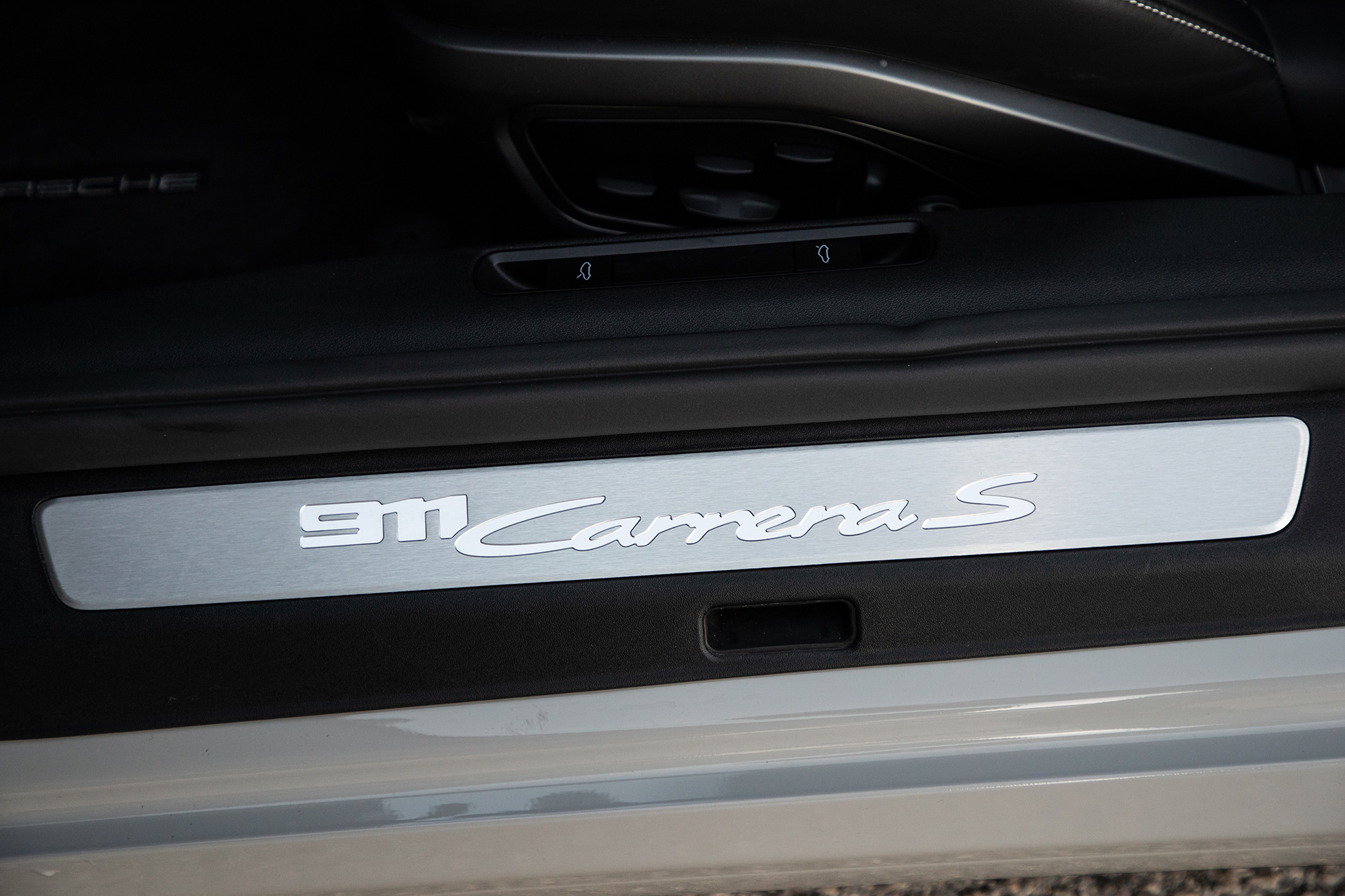
As already mentioned, the gearbox is an all-new eight-speed PDK dual-clutch transmission, driving the rear wheels in the case of the Carrera S, and all four wheels in the Carrera 4S.
Because it has more traction, the 4S is the quicker car from 0-100km/h, although the differences are marginal: 3.5sec for the Carrera S and 3.4sec for the 4S. And the S is actually faster in top speed terms: 308 km/h versus 306km/h.
Regardless, both cars are dizzyingly rapid in practice, and easily live up to their supercar promise. On a gloomy and intermittently wet day in the Western Cape, with some severe crosswinds for good measure, the new 911 never put a tyre wrong.
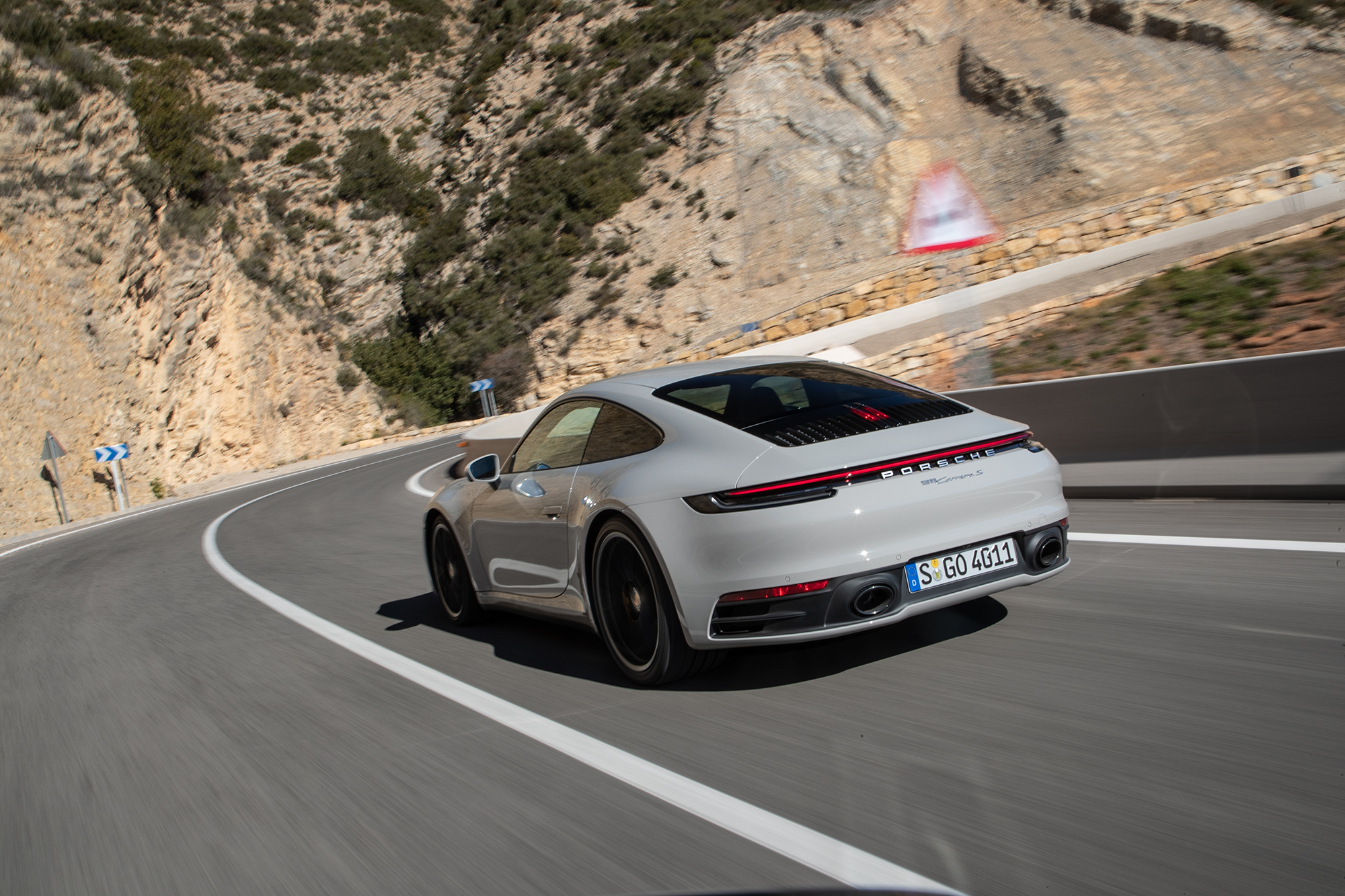
So settled are these cars, that it’s hard to distinguish any difference in composure between the Carrera S and its 4S sibling. You’d have to drive them close to their considerable limits to find out just how much extra traction the 4S offers, but on public roads, in adverse conditions, I never got close to finding those limits!
What I can tell you is that the steering is sublime, providing the kind of unambiguous feedback that builds instant confidence and creates a reassuringly close rapport between car and driver.
Despite its 4.52m length, 1.85m width and 1.5 ton mass, this 911 feels lithe and wieldy, and placing it precisely on a corner’s ideal line is as easy as thinking it, thanks to the immediacy to the driving experience.
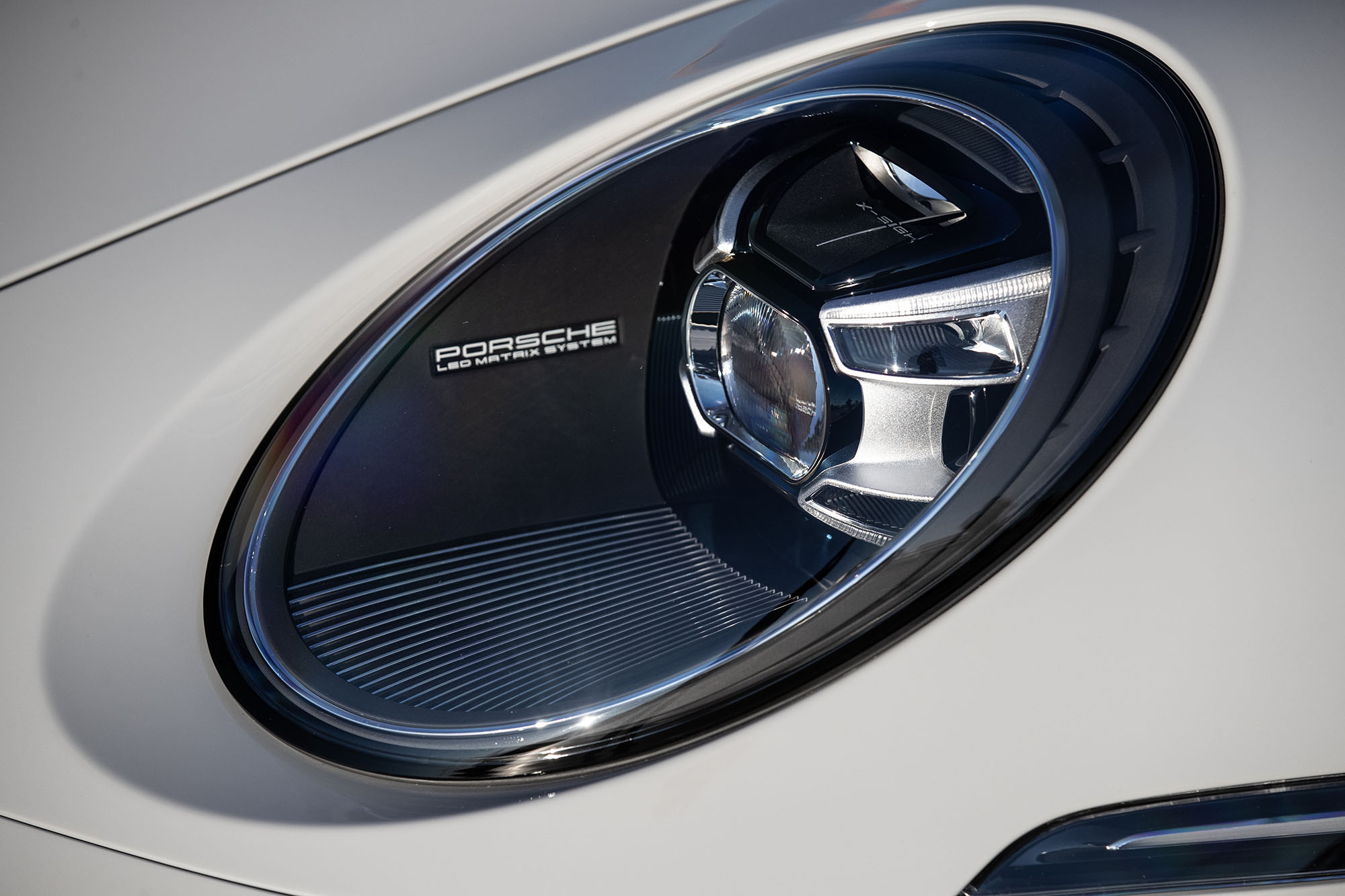
The throttle response is crisp and eager, even in normal mode, and becomes even sharper when you turn the steering wheel-mounted dial to Sport or Sport Plus. The active suspension’s damping becomes commensurately firmer, while the exhaust note’s easy growl transforms into a war-cry wail.
On the twistier sections of a damp Franschhoek Pass, the Carrera S stuck to the tar tenaciously, helped by gumball 345/45 R21 rear and 245/35 R20 front tyres. That once notoriously loose rear never felt in danger of relinquishing its grip, even when powering out of the tight fairly early.
This is a car that gathers pace both rapidly and relentlessly. Rev it past 6,000rpm in every gear, and the landscape quickly becomes a speed-smeared blur.
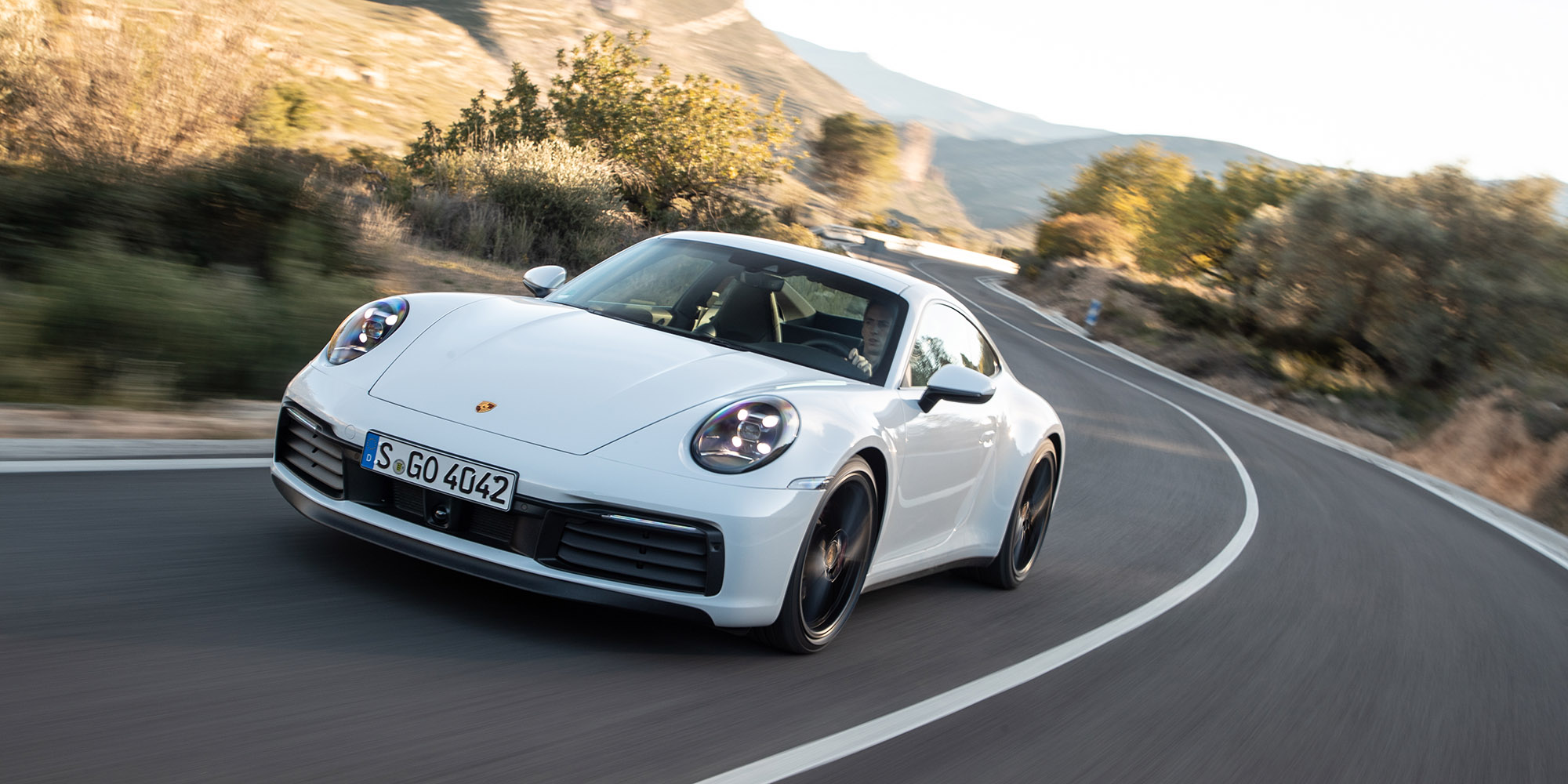
The road between Villiersdorp and Worcester is mostly straight and flat, punctuated by the odd curve, dip and rise to keep you on your toes, while the surface can get a little bumpy. Some vicious crosswinds made the 911’s task tougher than usual, too.
Older 911s would have become a real handful when driven at pace in these conditions: they had a tendency to get light over the front axle, resulting in vague steering and a wandering nose.
But not this latest example: the Carrera remained undaunted, blasting along as true as an arrow, while the chassis and steering kept the driver unequivocally informed of proceedings. There’s no mollycoddling here: you feel every bump, every dip, every tug at the wheel.
The brakes instil loads of confidence, producing eye-bulging retardation when the vehicle up ahead suddenly slows, or a bakkie unexpectedly pops out from a farm track. As for overtaking, the Porsche powers past slower traffic with Teutonic disdain, almost regardless of gear or speed.
Equally impressive is how refined, effortless and downright civilised the new 911 can be. At steady highway speeds, the auto box and cruise control make for a relaxed motoring experience.
Engine and road noise never become intrusive in these conditions, and while the ride will always be firm, it’s compliant enough to allow comfortable passage as long as the road surface is smooth.
It’s that everyday usability that has always made the 911 such a unique proposition in the sports car segment. The Porsche has a breadth of talent that stretches beyond the mere ability to go quickly – and that’s still true of the latest iteration.
No doubt, the 992’s current model offering will be extended from the Carrera S and 4S to even faster, even more focussed models. But you really have to ask the question: how much more Porsche does anyone really need? DM
PRICING
Porsche 911 Carrera S R1,708,000
Porsche 911 Carrera 4S R1,797,000
Porsche 911 Cabriolet S R1,874,000
Porsche 911 Cabriolet 4S R1,964,000

